Best movies & TV Shows like Jumborg Ace
A unique, carefully handpicked, selection of the best movies like Jumborg Ace Starring Naoki Tachibana, Jun Tazaki, and more. If you liked Jumborg Ace then you may also like: Ultraman: Monster Movie Feature, Girls in Trouble: Space Squad Episode Zero, National Theatre Live: 50 Years on Stage, Jumborg Ace & Giant, Akumaizer 3 and many more popular movies featured on this list. You can further filter the list even more or get a random selection from the list of similar movies, to make your selection even easier.
Jumborg Ace is the title superhero of a tokusatsu SF/kaiju/superhero TV series. Produced by Tsuburaya Productions, the show was broadcast on Mainichi Broadcasting System from January 17 to December 29, 1973, with a total of 50 episodes. This was also one of several shows Tsuburaya did to celebrate the company's 10th Anniversary.
You may filter the list of movies on this page for a more refined, personalized selection of movies.
Still not sure what to watch click the recommend buttun below to get a movie recommendation selected from all the movies on this list
Girls in Trouble: Space Squad Episode Zero
Girls in Trouble: Space Squad Episode Zero is an installment in the Toei Company V-Cinema series. Space Squad serves as a crossover between the revival of the Metal Heroes' Space Sheriff series and the Super Sentai series Tokusou Sentai Dekaranger. A prologue to Gavan vs. Dekaranger, this movie focuses on the female characters of both series.
National Theatre Live: 50 Years on Stage
To celebrate its 50th anniversary, the National Theatre of Great Britain presents National Theatre: 50 Years on Stage, bringing together the best British actors for a unique evening of unforgettable performances, broadcast live from London to cinemas around the world.
Jumborg Ace & Giant
This film teams the Japanese superhero Jumborg Ace with a giant stone idol called Yuk Wud Jaeng, simply known as "Giant" against Ace's own enemies.
Akumaizer 3
Akumaizer 3 is a Japanese science fiction tokusatsu television series, created by Shotaro Ishinomori and produced by Toei Company. The series premiered on Tuesday October 7, 1975 at 7:30, and ran for 38 episodes in that timeslot on NET, now known as TV Asahi. The series remains obscure outside of Japan, but was popular and renowned in its home country. The series was followed by a sequel called Chojin Bibyun which used rejected designs from the Kamen Rider series as its hero designs.
Dynomutt, Dog Wonder
Dynomutt, Dog Wonder is an American animated television series produced for Saturday mornings by Hanna-Barbera Productions. The show centers around a Batman-esque super hero, the Blue Falcon, and his assistant, bumbling yet generally effective robot dog Dynomutt, who can produce a seemingly infinite number of mechanical devices from his body. As with many other animated super-heroes of the era, no origins for the characters are ever provided. Dynomutt was originally broadcast as a half-hour segment of The Scooby-Doo/Dynomutt Hour and its later expanded forms Scooby's All-Star Laff-a-Lympics and Scooby's All-Stars; it would later be rerun and syndicated on its own from 1978 on. The cast of The Scooby-Doo Show appeared as a recurring characters on Dynomutt, assisting the Daring Duo in cracking their crimes. Originally distributed by Hanna-Barbera's then-parent company Taft Broadcasting, Warner Bros. Television currently holds the television distribution to the series.
Hong Kong Phooey
Hong Kong Phooey is an American animated television series produced by Hanna-Barbera Productions and originally broadcast on ABC. The original episodes aired from September 7 to December 21, 1974, and then in repeats until 1976.
Superbook
Superbook, also known as Animated Parent and Child Theatre, is an anime television series initially produced by Tatsunoko Productions in Japan in conjunction with the Christian Broadcasting Network in the United States and more recently solely produced by CBN for global distribution and broadcast. The series chronicled the events of the Bible's Old and New Testaments in its 52 episode run. The first 26 episodes aired from October 1, 1981 to March 29, 1982. The series returned as Superbook II with 26 episodes to air from April 4, 1983 to September 26, 1983. Between both series in the first run was the companion series The Flying House. The Christian Broadcasting Network is currently producing a new Superbook series and has released fourteen episodes.
Ultraman Max
Ultraman Max was an Ultraman TV series which started airing on 7 July 2005, and produced by Tsuburaya Productions and Chubu-Nippon Broadcasting Co., Ltd.. The show tried to return to the true formula of new monsters every week and being a fast paced show like previous series with the exception of Ultraman Nexus. The show is full of homages to past series by having three of the original cast members from the first Ultraman series being featured in an episode, updated versions of classic monsters like Red King, Eleking and Pigmon among others. One unusual episode revolves around the filming of the 1964 program Ultra Q which was the predecessor to the first Ultraman show in 1966. Two actors from that show appear as themselves.
Ultraman Gaia
Ultraman Gaia is a Japanese tokusatsu TV show and is the 13th show in the Ultra Series. Created by Chiaki J. Konaka and produced by Tsuburaya Productions and Mainichi Broadcasting System, Ultraman Gaia was aired on JNN TV stations from September 5, 1998 until August 28, 1999, with a total of 51 episodes.
Ultraman Mebius
Ultraman Mebius is a Japanese television series produced by Tsuburaya Productions and Chubu-Nippon Broadcasting. It is the 17th TV series and 40th anniversary production in the Ultra Series, which first began in 1966. It premiered on the Tokyo Broadcasting System on April 8, 2006. Unlike the two prior entries, Ultraman Nexus and Ultraman Max, Mebius was moved from Saturday mornings to Saturday evenings at 05:30. "Mebius" is the Japanese approximation of Möbius; the Möbius strip is a recurring motif in the series and the show going to air in Korea in April 2012. The series opens with the introduction of the rookie Ultraman Mebius, who is sent to Earth by the Father of Ultra. The series is set 40 years after the shows of Ultraman, and makes many references from Ultra Q through to Ultraman 80.
Kyoudai Ken Byclosser
Kyoudai Ken Byclosser was a serial Tokusatsu created by Shotaro Ishinomori (Ishinomori Productions) and Toei Company, in co-production with Nippon Television. The series consisted of 34 episodes, and aired in Japan starting January 10th, 1985 until August 29th of the same year.
Paul's Miraculous Adventure
Paul's Miraculous Adventure is an action-adventure anime television series created by Tatsunoko Productions. The series was broadcast across Japan on the Fuji TV network from October 3, 1976, to September 11, 1977, and lasted 50 half-hour episodes. The series director was Hiroshi Sasagawa, of Speed Racer and Tokimeki Tonight fame.
Tomica Hero Series
The Tomica Hero Series (トミカヒーローシリーズ, Tomika Hīrō Shirīzu) was a short-lived series of Japanese tokusatsu children's television dramas. Based on Takara Tomy's Tomica toy car line, the series air on TV Aichi and TV Tokyo before being syndicated around Japan. Takara Tomy previously produced Madan Senki Ryukendo, but Ryukendo was not based on a pre-existing set of toys for the company. However, it made reference to the Earth Federation which the UFDA is a branch of, its main cast making a cameo in the Rescue Force movie. Although airing on different days, the Tomica Hero Series served as competition to TV Asahi and Toei Company's Super Sentai and Kamen Rider Series and Tsuburaya Productions' Ultra Series. Only two series were made with the Tomica Hero story, which concluded with a stage show featuring members of the Rescue Force cast.
Zone Fighter
Zone Fighter, known in Japan as Ryūsei Ningen Zone, is a tokusatsu science fiction superhero television series. Produced by Toho Company Ltd., the show aired on Nippon Television from April 2 to September 24, 1973, with a total of 26 episodes, it was cancelled due to the oil crisis of 1973. This was Toho's answer to not only the popular Ultra Series, but the Henshin Hero phenomenon started by shows like Kamen Rider and Android Kikaider. The previous year, Toho had just made their successful first superhero show, Rainbowman. The series was also notable for its guest appearance by Toho's own Godzilla, as well as two other Toho monsters, King Ghidorah and Gigan. Supplementary materials published by Toho have confirmed Zone Fighter to be part of the Showa-era Godzilla series, taking place in between Godzilla vs. Megalon and Godzilla vs. Mechagodzilla.
Jushin Liger
Jushin Liger is an anime superhero TV series created by Go Nagai. Produced by Sunrise Inc. with cooperation of Dynamic Planning, the series was originally broadcast on Nagoya Broadcasting Network /TV Asahi from March 11, 1989 to January 27, 1990 with a total of 43 episodes. A manga series, written and drawn by Go Nagai, was also released alongside the anime, originally published by Kodansha in the magazine Comic Bom Bom from March 1989 to January 1990. This anime series inspired the real-life pro-wrestler, Jushin "Thunder" Liger. The opening theme "Ikari no Jushin", which was performed by Yumi Hiroki, is also wrestler Jushin "Thunder" Liger's theme song. The song "Kiseki no Jushin" was also used by Liger on occasion.
Dennou Keisatsu Cybercop
Dennou Keisatsu Cybercop is a Japanese tokusatsu TV series. First created in 1988 by Toho Enterprises, the show was an attempt to create a Tokusatsu series using the Super Sentai motif, but the idea was dropped after the unaired episode 0. The show was broadcast on NTV and aired from October 2, 1988 to July 5, 1989.
Ultraman R/B
The two main characters, Katsumi and Isami Minato, are brothers who live with their younger sister and father who runs a specialty store. One day, they found the R/B Gyro and R/B Crystals, which transforms Katsumi into Ultraman Rosso and Isami into Ultraman Blu.
Fireman
Fireman, known as Magma Man in some markets, is a Japanese tokusatsu television series about a superhero, the title character, who fights kaiju and other villains. Produced by Tsuburaya Productions, the show was broadcast on Nippon Television from January 7 to July 31, 1973, with a total of 30 episodes. This was also one of several shows Tsuburaya did to celebrate the company's 10th Anniversary.
Ultraman Orb
Ultraman Orb, a warrior of light, battles monsters and aliens threatening Earth.
Ultraman 80
Ultraman 80 comes to Earth as one of the newest members of the Ultra Space Garrison (it is revealed in Ultraman Mebius that he is the ninth Ultra Brother), in the form of science teacher Takeshi Yamato. After a five-year hiatus since the departure of Ultraman Leo, monsters started reappearing again.
Ultraman Tiga
A high-tech squadron protects Earth from evil monsters and aliens with the help of a giant super-being named Ultraman Tiga.
Horror Theater Unbalance
Horror Theater Unbalance is a 1973 Japanese Anthology television series created by Tsuburaya and Fuji TV to air on the Fuji TV network on Monday Nights for 13 episodes. Originally started in production in 1969, it was shelved and took years for its airing debut to begin its broadcast, before production was eventually completed at the end of 1972. It was then aired on Fuji TV in 1973.
Ultraman Z
The newest Ultra Hero is Ultraman Zett, the disciple of Ultraman Zero, who is now celebrating his tenth anniversary! An admirer of Zero, Zett worked hard to become a member of the “Inter Galactic Defense Force.” With a passion inherited from his teacher Zero, Zett is an Ultraman who always looks forward and forges ahead.
Ultraman Ace
Yapool, an ancient interdimensional race of beings tries to conquer the Planet Earth with his army of monsters, called Terrible-Monsters. The newest member of the Ultra Brothers, Ultraman Ace, arrives on Earth to aid humanity in the battle against Yapool. Touched by the sacrifices of Seiji Hokuto and Yuko Minami, he revives them and grants them the Ultra Rings, which allows them to transform into Ultraman Ace in times of need.
Fuuto PI
Sometime after the events of Kamen Rider W, Shotaro Hidari and Philip continue to solve crimes and fight evil as superhero detectives in the windy city of Fuuto. Produced as one of 3 projects to celebrate Kamen Rider's 50th anniversary along with Kamen Rider Black Sun and Shin Kamen Rider.
Ultraman Chronicle Z: Heroes' Odyssey
Ultraman Chronicle Z: Heroes' Odyssey is a series produced by Tsuburaya Productions, featuring Ultraman Tiga and Ultraman Z, with Ultraman Zero as the series navigator.
Ultraman X
A solar flare has awakened Spark Dolls from the depths of the earth and the ocean! Fifteen years later, Daichi Ozora transforms into Ultraman X to battle threats from both aliens and monsters. He is also a member of Xio, a team created to battle the monstrous threats.
Kyusei Sentai Wakuseiber
Kyuusei Sentai Wakuseiber, alternatively spelled Wakusaver, is a Japanese Tokusatsu web-television series created by AV company GIGA in homage to Toei's Super Sentai series. The show airs exclusively on YouTube for all-ages, with its final episode, an extended cut of episode five with AV content, being exclusively on an adults-only DVD and digital download.
Juuko Tokusou Dinnovator
Juuko Tokusou Dinnovator, is a Japanese Tokusatsu web-television series created by AV company GIGA in homage to Toei's Metal HeroesIcon-crosswiki.png series. The show airs exclusively on YouTube for all-ages, with its final episode being exclusively on an adults-only DVD and digital download.
Taiyo Sentai Sun Vulcan
Taiyo Sentai Sun Vulcan is the fifth season in Toei Company's Super Sentai tokusatsu television series. It was broadcast from February 7, 1981 to January 30, 1982 and is the only Super Sentai series to serve as a direct sequel to its previous series and the only all-male super sentai team. Its international English title as listed by Toei is simply Sun Vulcan.
Ultraman New Generation Stars
When memories of Ultra Heroes are erased by a mysterious entity, a device called Dimensionizer is sent from the future dimension Ultraman Decker is from. Trying to get memories of the Land of Light residents back, New Generation Heroes remember all their battles and hardships they've gone through.
Kikaider 01
Kikaider 01, is a tokusatsu superhero TV series, and a sequel series to Android Kikaider. Produced by Toei Company Ltd., it was broadcast on NET from May 12, 1973 to March 30, 1974, with a total of 46 episodes. Its title in Hawaii is Kikaida 01.
Ultra Galaxy Mega Monster Battle: Never Ending Odyssey
Ultra Galaxy Mega Monster Battle: Never Ending Odyssey is the second season and the 25th entry in Tsuburaya Productions' long-running Ultra Series. Like its predecessor Ultra Galaxy Mega Monster Battle, NEO is a pay-per-view service. The first episode was distributed for free online on December 12, 2008, and remained available until January 31, 2009. Broadcast of the show on BS11 beginning December 20, 2008. The series was followed by Mega Monster Battle Gymnastics 大怪獣バトル体操, a non-canon morning exercise program for children starring Shota Minami. Mega Monster Battle Gymnastics also had a touring stage show with dancing and exercises set to music and starring Shota Minami, with cameo appearances by Hiroyuki Konishi and Saki Kamiryo.


































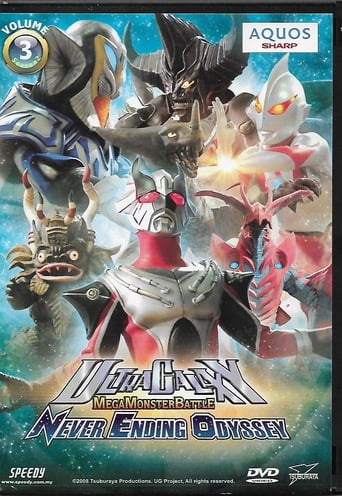
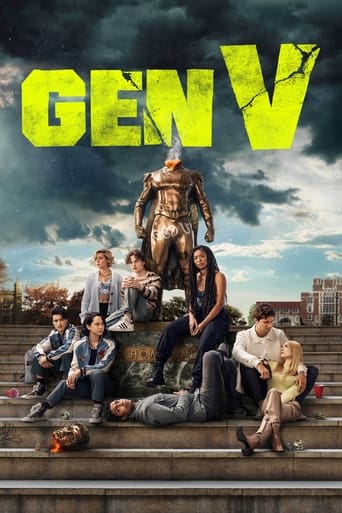

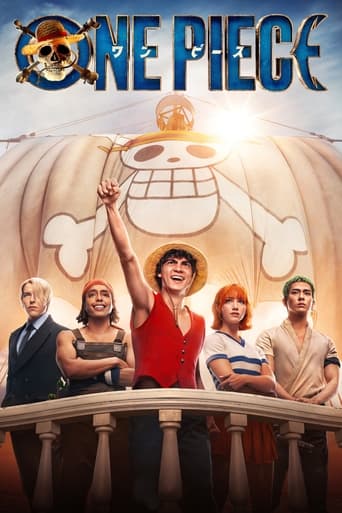
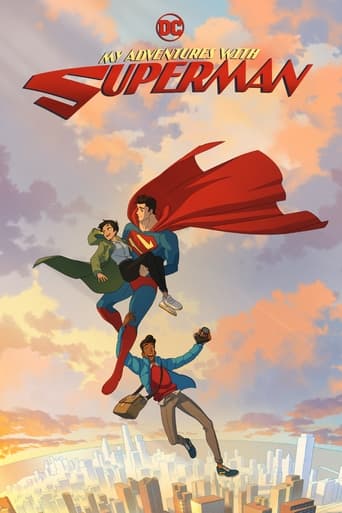

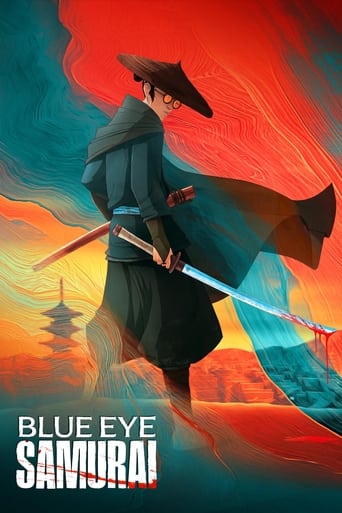
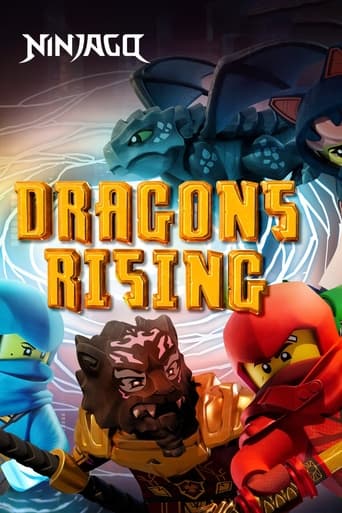
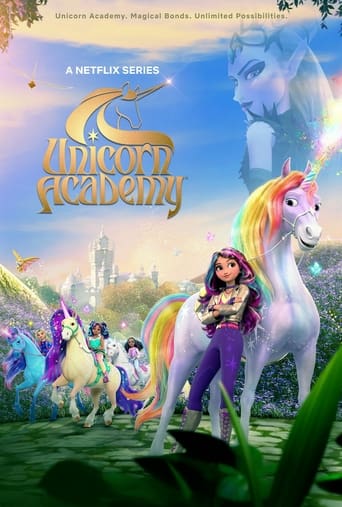


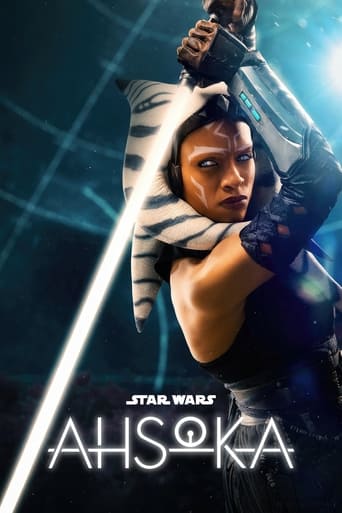

Ultraman: Monster Movie Feature
The film consists of re-edited material from the original television series Ultraman. Episodes 1, 8, 26, and 27 were used for the film. They were narrated by Hikari Urano as an "Ultraman Documentary". Allegedly only one new scene was shot, and that some parts of the movie where shot in black and white for unknown reasons. The movie screened at the same time as the Toho movie King Kong Escapes.